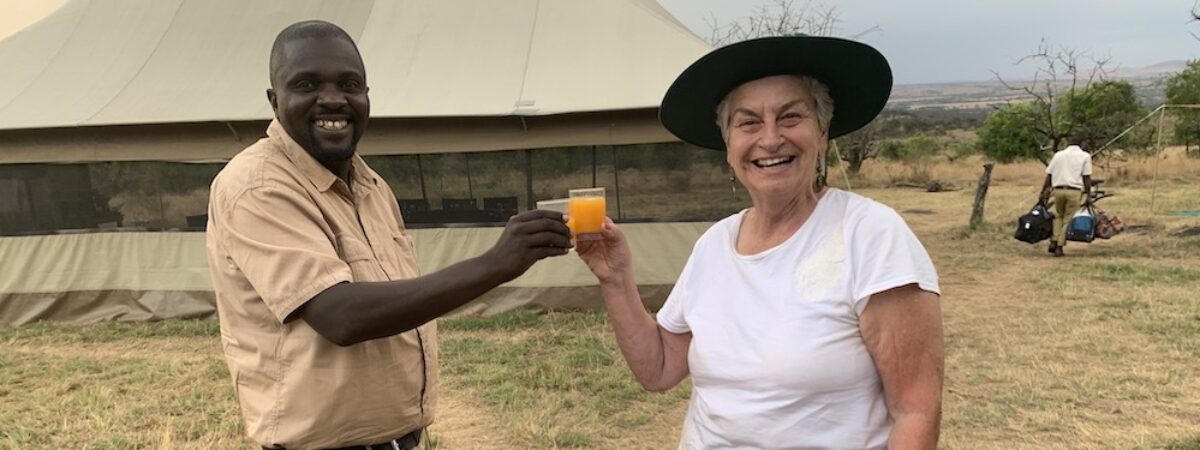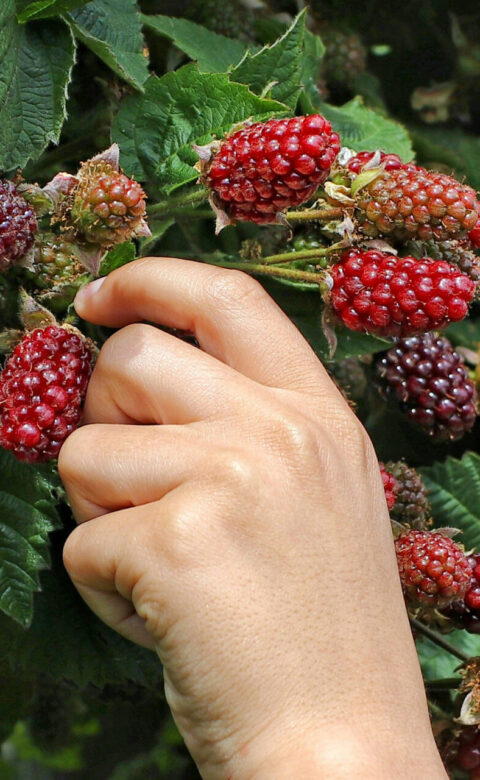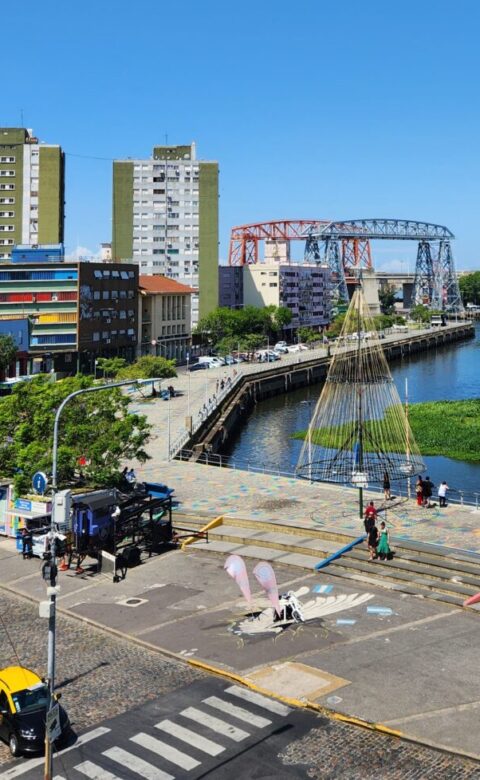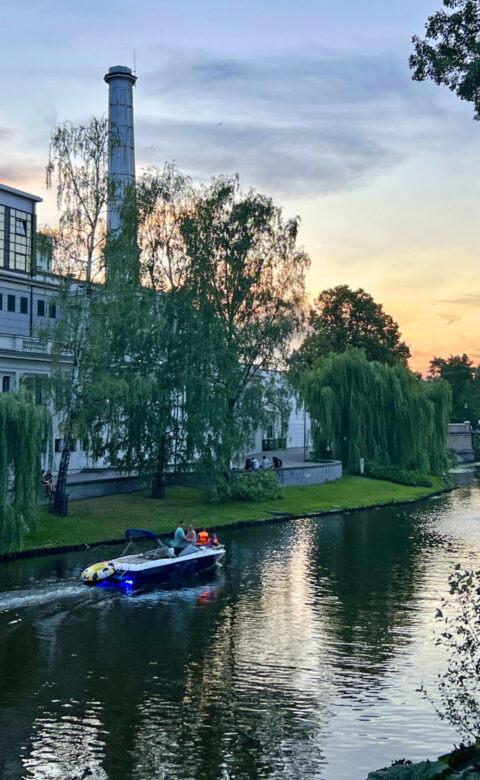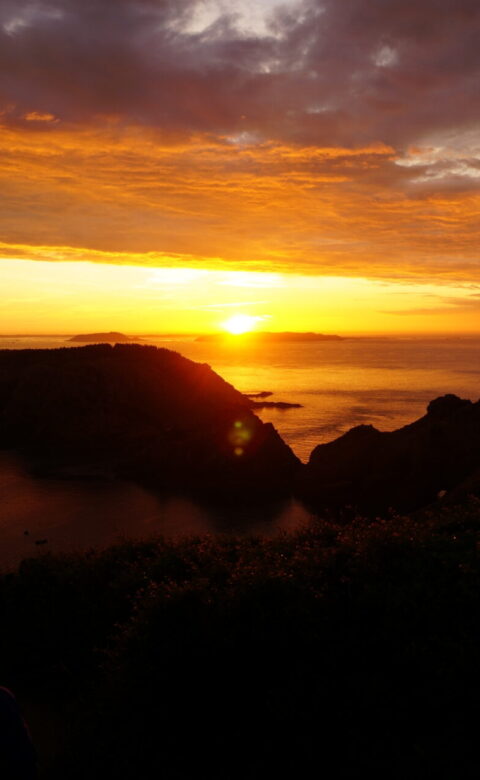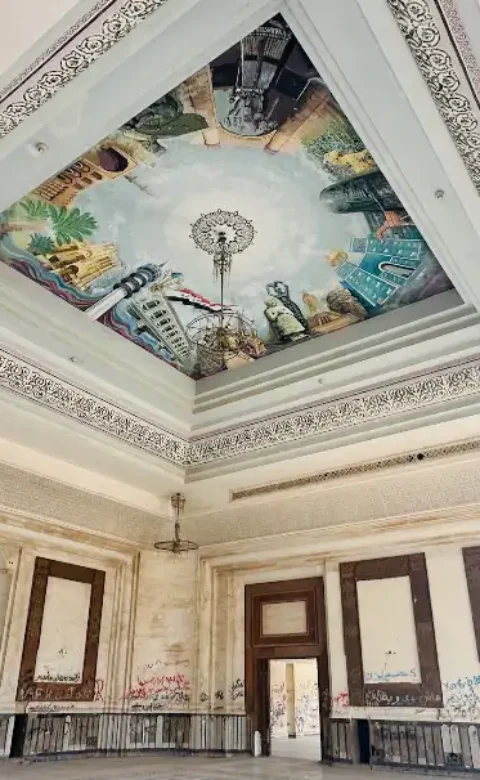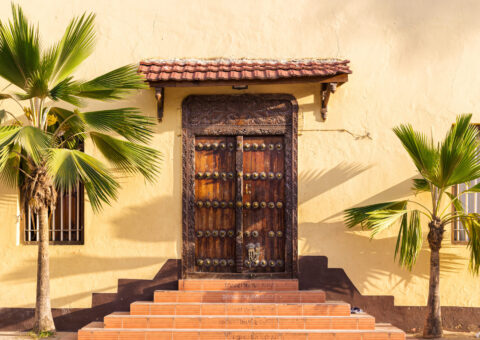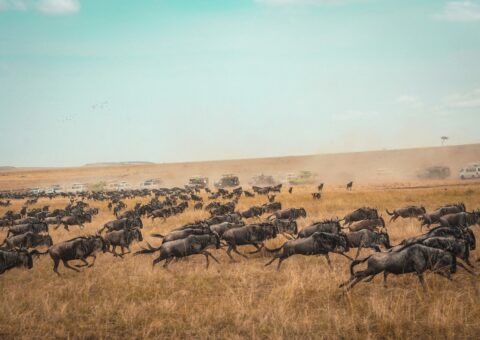For many visitors, safaris across the Serengeti are the defining feature of Tanzania. Returning to the country after the global pandemic lockdown, Elsa Dixon learned the country goes far beyond its stereotypes, thanks to a local guide.
As darkness fell and the stars brightened the sky, we heard the taunting laugh of a lone hyena. My tour guide, Jeremiah Ngoka, stirred the logs on the campfire and sighed contentedly. “This is my life — taking tourists through the Serengeti. I dream of owning a safari vehicle to get more jobs.”
I was surprised. I thought that the job would come with a 4X4 jeep. He continued: “Luckily, I have a good friend, Gideon Faustin Kabitulila, who owns a safari company, and I drive for him. He also established a school in Arusha.”
As our safari took us through the dusty plains, I learned how much Jeremiah cares for his family. His brother had died, and, as tradition dictated, he also took on the responsibility for that family.
After this trip, I returned home. Then the COVID-19 pandemic hit, and no one could travel. Despite the distance and strange circumstances, though, Jeremiah and I stayed in touch. There was no tourism to Tanzania, and Jeremiah resorted to baking maandasi pori (bush donuts), queen cakes, and potato and cassava crisps to earn an income. He lived in a small town called Mto wa Mbu (River of Mosquitos) close to the Ngorongoro Crater.
As soon as the borders opened, I arranged another safari. This time, Jeremiah invited me to meet his mother, who oversees a health clinic. She is from the Chaga, and her husband is from the Pare tribe. The family communicates in Kiswahili. Because everyone was still wary of COVID, we wore masks. Jeremiah’s mom and I could not understand each other’s language, but we connected through bows and nodding heads. I was humbled when she presented me with a beautiful handspun tablecloth as a token of gratitude that I brought nine guests on tour to Tanzania.
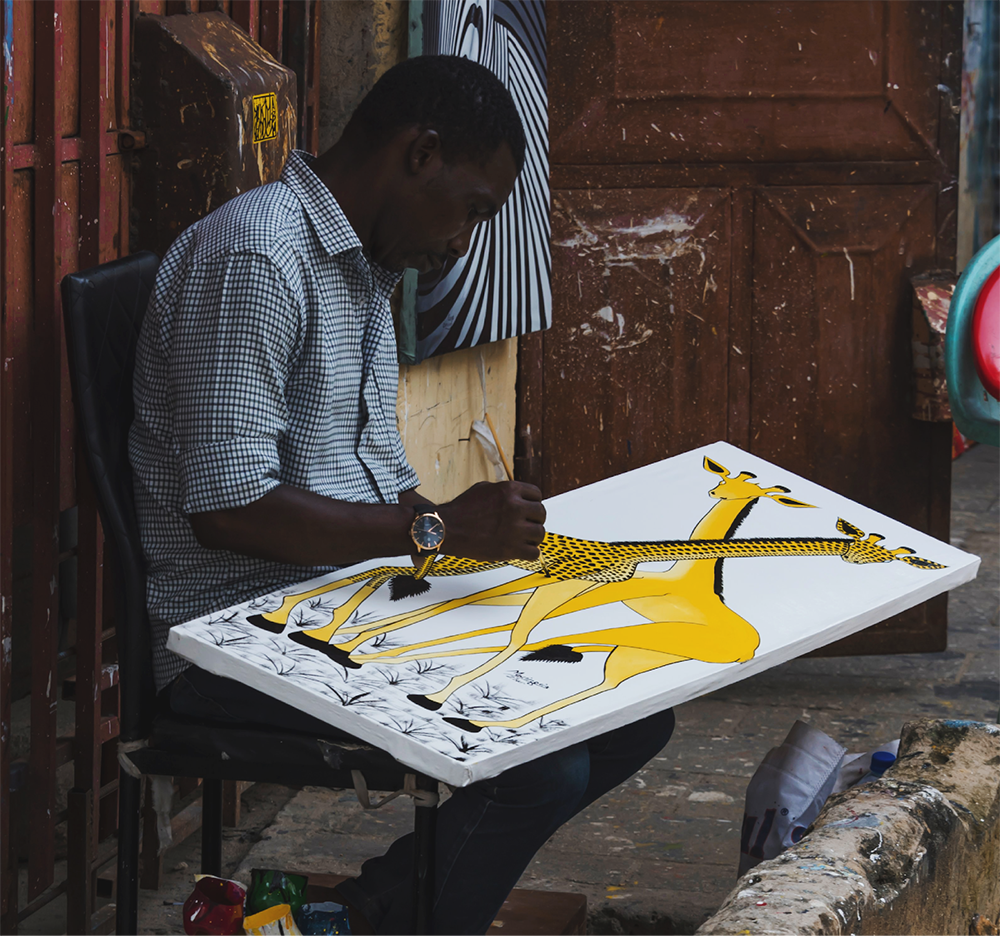
Jeremiah arranged for a tuk-tuk to cycle through the neighbourhood. As we stopped at a reed structure, I wrinkled my nose as a sweet, pungent smell tickled my nostrils.
Jeremiah laughed. “You will see how we make banana beer.”
We passed a yard covered in white millet drying in the sun. He explained that these corn kernels were a staple food in Tanzania and that it was also used as a leavening agent when making banana beer. Jeremiah pointed to a huge cauldron sitting on an open fire outside. Handing me a long oar to help stir the thick mixture, he explained that they boiled ripe bananas for about four hours until the colour changed from white to red. These are then stored in large containers for a week before being mixed with millet. We joined a few other people to sip the foaming, orange-coloured liquid.
Jeremiah beckoned me to follow him. I blinked at the explosion of colours on the fence: Tinga tinga paintings! Striped and dotted animals cavorted on vivid red, blue, yellow, and green backdrops. The tuk-tuk next stopped at a workshop where local artists were preparing for future buyers, carving wood into beautiful sculptures.
As we passed an aromatic market, Jeremiah explained, “My friends will show you how to make wali maharage — beans and spicy vegetables served with rice. They also own a company taking visitors hiking and cycling.” I was struck by the enterprise of the villagers.

The following day, we visited Gideon’s Luwaini Pre & Primary School. I was impressed by the giant maps of Tanzania and Africa that decorated the outer walls. I met a neighbour who joined us as a representative of the community. The children, neatly dressed in school uniforms, sang some exuberant, welcoming songs. Gideon proudly showed us a small house where the cook prepared the children’s meals. A lonely milk goat was bleating near the enclosure. Gideon stressed how the school needed more resources.
That night, Gideon, Jeremiah, and I had dinner at a popular local barbecue restaurant in Arusha. As we neared the building, smoke billowed around us, and I inhaled the smell of nyama choma (barbecued beef and goat meat). We passed a huge outdoor kitchen with barbecue spits and vast pots of bubbling hot oil for frying potatoes. A hostess brought warm, soapy water for washing our hands while the tables around us buzzed with conversation.
We talked about how tourism affected different people in Tanzania: The Maasai who performed their traditional dances, in particular, the adumu or jumping dance, for tourists. The Hadzabe who still lived according to their old traditions but would take guests on hunting expeditions. And the Datoga tribe, which proudly demonstrates their blacksmithing skills.
To me, Tanzania had meant the Serengeti, safaris, and the great migration of the wildebeest — but it’s so much more. Banana beer, talented wood carvers, tuk-tuk rides, and the smell of roasted meat filling the air: This is the Tanzania I know now, thanks to Jeremiah.

